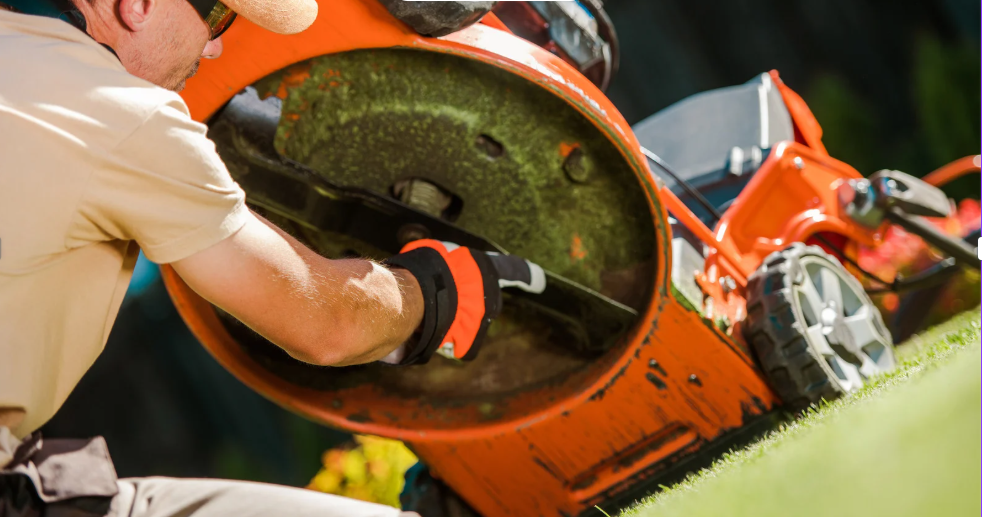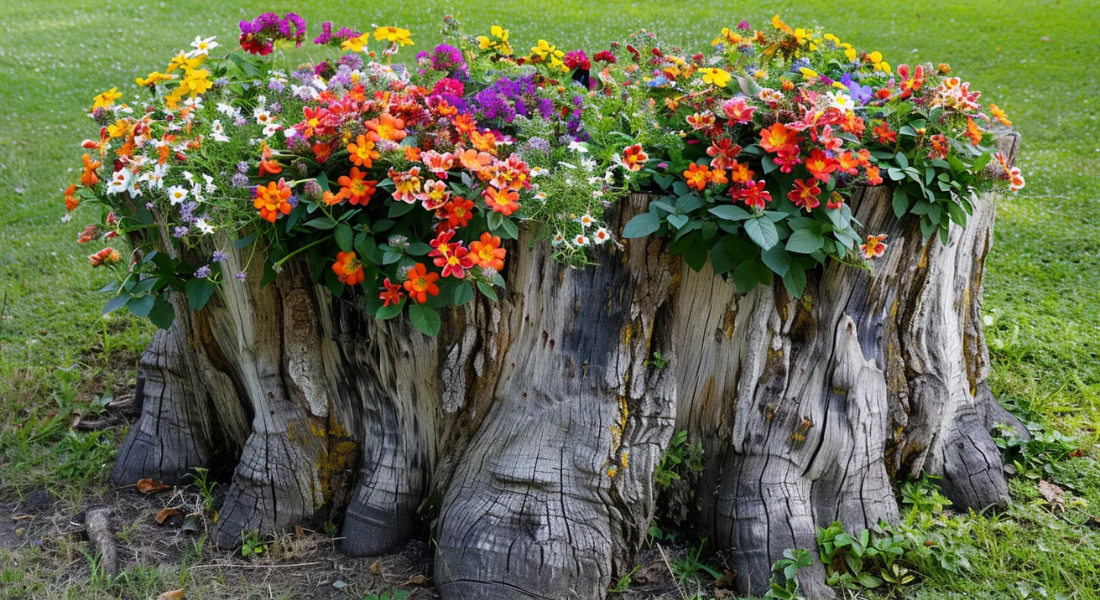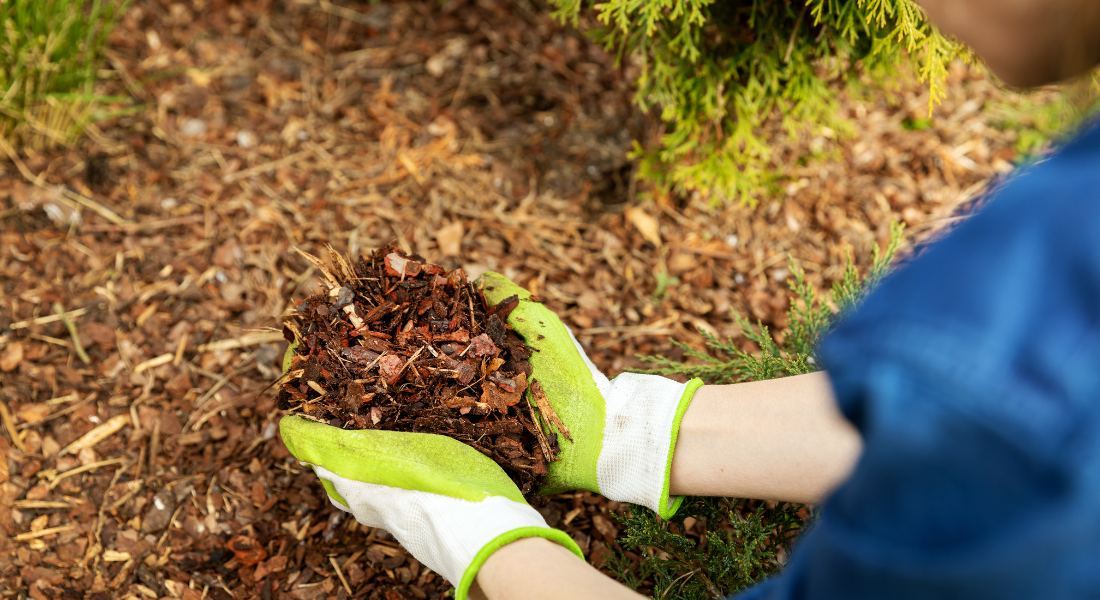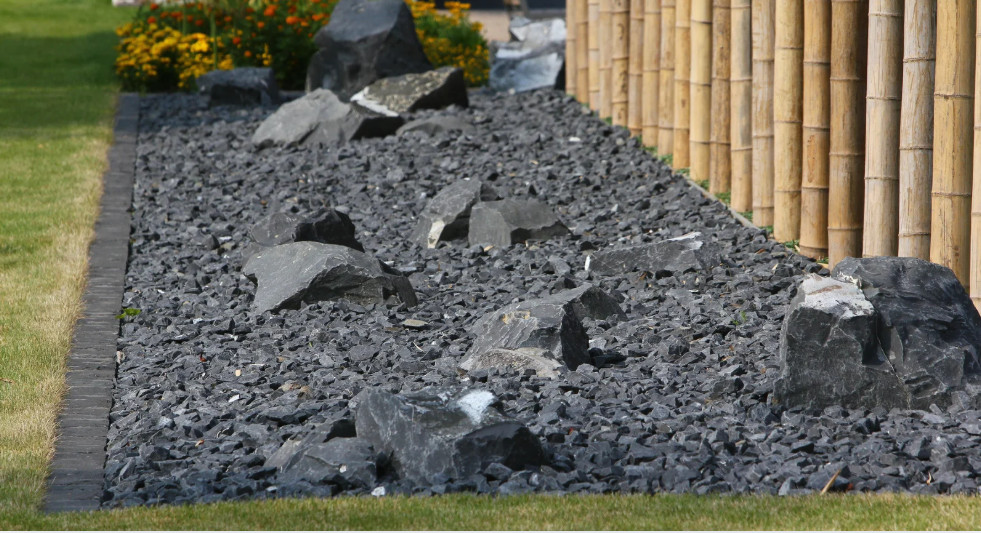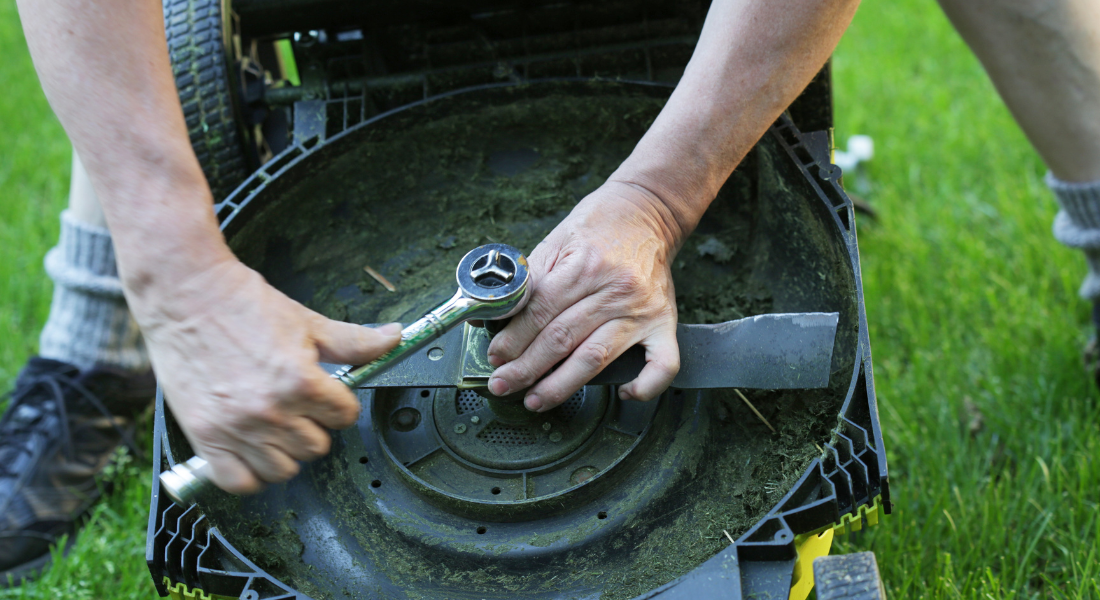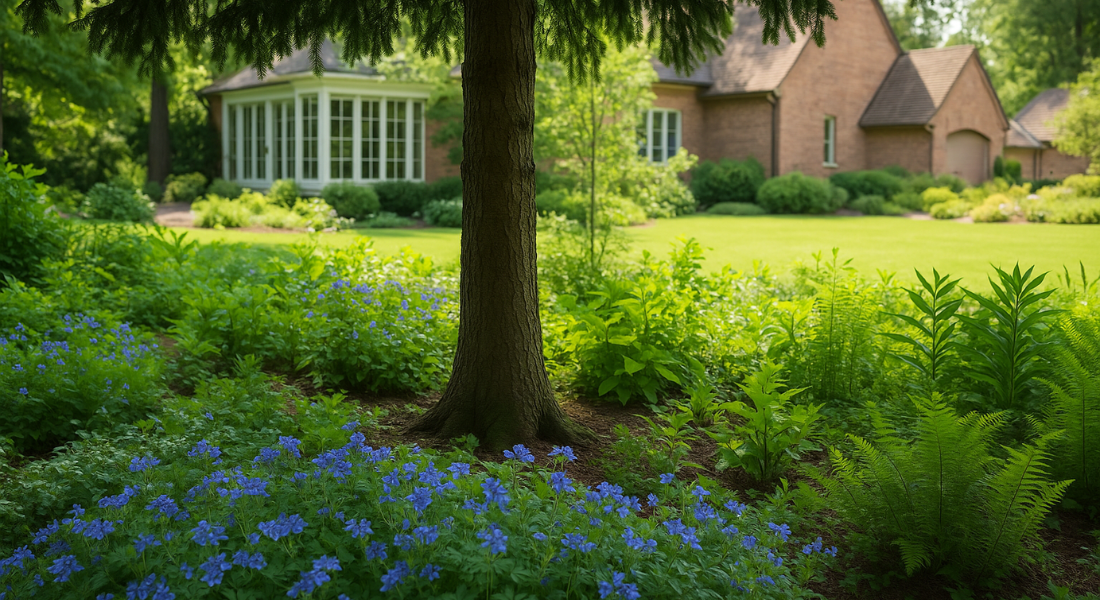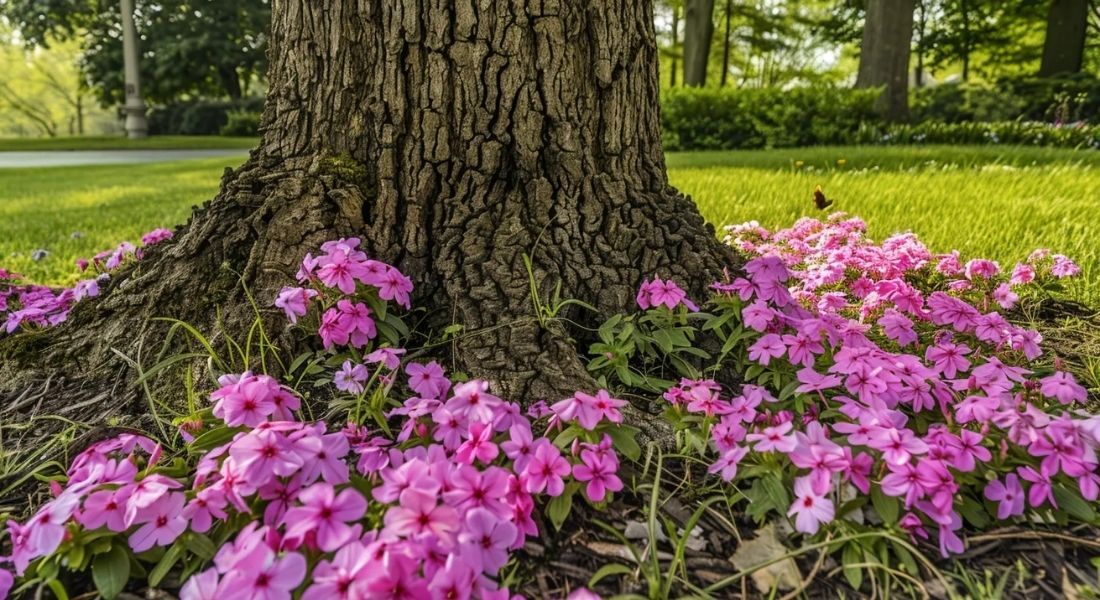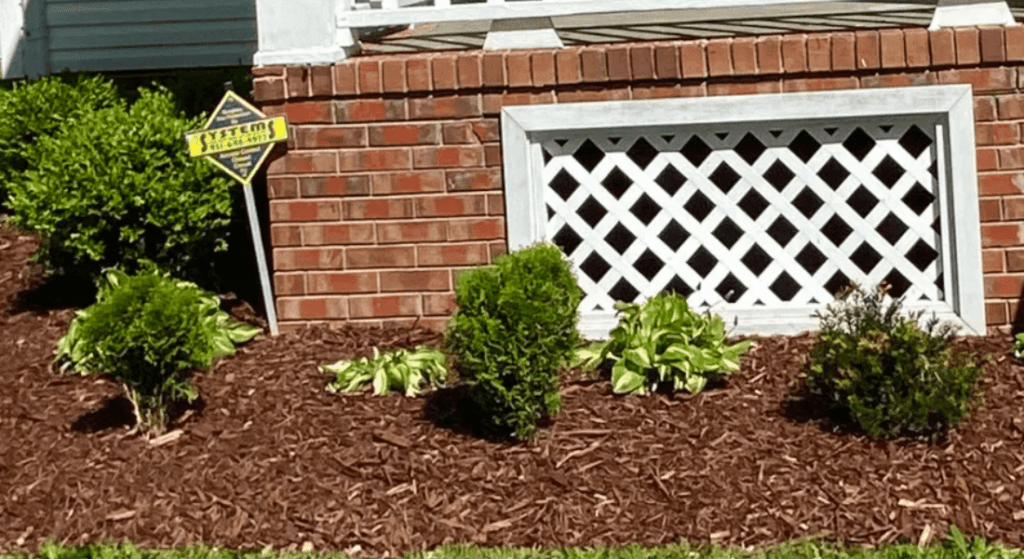Mulch Calculator and How to Install Mulch for a Beautiful, Weed-Free Landscape
Mulch Calculator
Cubic yards: -
Cubic feet: -
Cubic meters: -
Cost:$ -
Mulch Calculator
Cubic yards: -
Cubic feet: -
Cubic meters: -
Cost:$ -
Mulch Calculator
Cubic yards: -
Cubic feet: -
Cubic meters: -
Cost:$ -
Does your yard look messy or overrun with weeds?
You’re not alone!
Many new homeowners struggle to keep their lawns looking neat and vibrant.
Well, Mulch can solve these problems—if you know how to install it correctly.
But if you’re new to landscaping, installing mulch might feel confusing.
How much mulch should you use? Do you need landscape fabric? How can you make sure it stays neat? If you skip these important steps, you could end up wasting time and money.
Don’t worry! This guide will show you everything you need to know. We’ll cover how to choose the right mulch, how to lay it the right way, and how to keep your yard looking fresh and tidy.
When Is The Best Time To Install Mulch?
The best times to install mulch are.... anytime!
Yeah, seriously there's really no bad time to mulch. You can do it in any season.
But, most people do it twice a year. Once in spring and once in fall.
Now, what if you’re late and it's already summer or winter? Don’t worry—it’s still okay to mulch in summer or winter.
Mulching in the summer can still help retain soil moisture during the hottest months and protect roots from heat stress. Mulching in the winter can still insulate the soil and protect plant roots from freezing temperatures.
So, yeah if you are busy and you missed spring or fall, go ahead and mulch whenever you can.
Your yard will still benefit, and it’ll look neat and tidy, no matter the season!
How to Estimate How Much Mulch You’ll Need
Measure the area
Start by measuring the length and width of the area you want to cover.
If you have multiple areas, you can add the square footage of all the sections together.
Choose Mulch Depth
For most gardens, a depth of 2 inches is good.
Thicker layers can help with weed control, but too much mulch can suffocate plant roots or promote rot.
Use This Mulch Calculator
Pro tips: Buy more mulch than you think you'll need. Trust us, mulch is always one of those things that always run out when you need it.
Mulch Calculator
How to Install Mulch: Step-by-Step Guide

What You’ll Need
Here’s what you’ll want to have on hand:
- Mulch (choose your favorite type)
- Gardening gloves
- Rake or shovel
- Wheelbarrow (optional, but helpful!)
- A hose or watering can
Step 1: Prep the Area
First, clear out the area where you want to lay mulch.
Pull any weeds, get rid of grass, and toss out any leaves or debris. Then, grab a rake and level out the soil.
If you want those nice, crisp edges, go ahead and create borders.
Step 2: Spread the Mulch
Spread the mulch in an even layer about 2 inches thick.
If it's too thin, it won’t do its job. If it's too thick, it could suffocate your plants.
Make sure to leave a little breathing room around plant stems to avoid rot.
Once everything is down, give it a quick rake to smooth it all out.
Step 3: Water the Mulch
Lastly, give your mulch a light watering (just to moisten it a little bit).
This helps your mulch settle into place and stick around longer.
Organic or Inorganic Mulch?
Well, it really depends on what you’re looking for.
Organic mulch—like bark, wood chips, or garden clippings—breaks down over time, adding nutrients to your soil. This makes it great if you want to improve soil health while keeping weeds at bay.
Inorganic mulch, on the other hand, includes materials like rubber or stones. Since it doesn’t break down, it’s more low-maintenance and lasts a long time.
Both types help with moisture retention and weed control, but if you’re mulching a vegetable garden, we recommend using organic mulch as the way to go. It enriches the soil naturally and helps your plants grow healthier and stronger.
Tips for Maintaining Mulch
Maintaining mulch in the fall ensures your garden beds are ready for winter. Here are a few tips:
- Turn the mulch: Fluffing or turning mulch helps improve air and water circulation.
- Add new mulch: Apply fresh mulch to cover any bare spots and maintain a 2-inch layer.
- Use herbicide: Reapply herbicide as needed to keep the mulch free of weeds.
Avoid These Common Mulching Mistakes
Even the best gardeners can make mulching mistakes. Here’s what to avoid:
- Deep mulch: Avoid spreading a layer of mulch that’s too thick, as it can suffocate plant roots.
- Colored mulch: Some dyed mulch products can harm soil and plants, so choose high-quality options.
- Mulch to the base: Don’t mulch too close to tree trunks or plant bases to prevent fungus and rot.
By using mulch correctly, you’ll ensure your lawn and garden stay healthy all year long.
Lawn Maintenance with GreenLife Services
At GreenLife Services, we offer lawn maintenance services for Clarksville and nearby areas.
Whether you need help with mulching, mowing, or just keeping your grass green and healthy, we’re here to help.
Our team knows how to keep your yard looking great all year round. Give us a call today for a free quote!
Summary of Key Takeaways
- Mulch is a material that adds nutrients, retains moisture, and helps prevent weeds.
- Use essential tools like a rake, shovel, and landscape fabric for best results.
- Calculate mulch properly using a mulch calculator to avoid waste.
- Prepare landscape beds by killing grass, edging, and applying herbicide.
- Spread mulch evenly and avoid piling too close to plant bases.
- Maintain mulch beds by fluffing and adding fresh mulch as needed.
- Choose between organic mulch (bark mulch, wood chips) or inorganic options (rubber mulch).
- Avoid common mistakes like using deep mulch or dyed mulch products.
- Protect your landscape all year by following best practices for mulching.
Now you know how to install mulch in your yard. But should you use rock or mulch? We have a blog covering the full pros and cons of rock and mulch. Read our blog here: Rocks or Mulch: Which is Best for Your Landscape?
FAQs
Q. Do you mulch with or without landscape fabric?
A. It depends on your goals!
Landscape fabric can help prevent weeds, but it can also block water and nutrients from reaching the soil over time.
If you have a lot of weeds or want low-maintenance landscaping, landscape fabric might be a good choice.
Otherwise, you can skip it to keep your soil healthier.
Q. What do you put under mulch?
You can put a few things under mulch, depending on your needs:
- Bare Soil: Great for healthy soil that absorbs water well.
- Cardboard/Newspaper: These materials can act as a weed barrier and will decompose over time.
- Landscape Fabric: Use this if you want extra weed control but are okay with it potentially slowing water absorption.
Q. Do I need to remove old mulch before putting down new mulch?
A. Not always.
If the old mulch has broken down into soil or there’s just a thin layer left, you can add new mulch right on top.
However, if the mulch is matted, full of mold, or piled too high, it’s best to remove some of it before adding new mulch to avoid suffocating your plants.
Q. How deep should mulch be?
A. Mulch should be about 2-3 inches deep for most areas.
This depth is ideal for preventing weeds, retaining moisture, and regulating soil temperature.
If you’re mulching around trees, a slightly deeper layer (up to 4 inches) may be fine, but avoid piling it directly against the trunk to prevent rot.
Q. How long does mulch last?
A. Mulch typically lasts about 6-12 months, depending on the type and weather conditions.
Organic mulches (like wood chips or bark) break down over time, enriching the soil as they decompose.
You’ll usually need to refresh your mulch once a year to maintain its effectiveness and keep your yard looking fresh.
